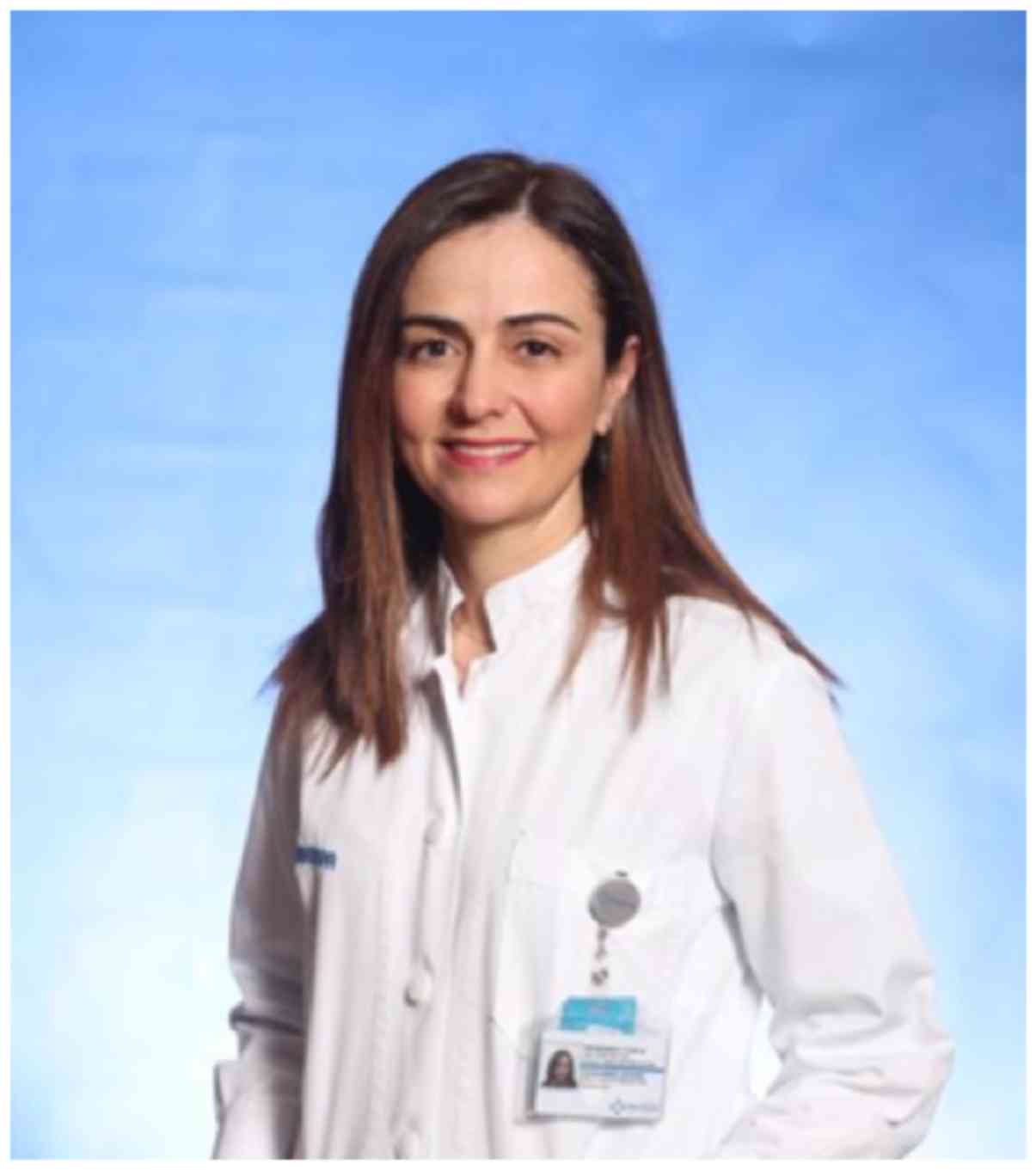|
1
|
Papaioannou G: Metallic stents.
Application in the treatment of iliac artery atherosclerotic
disease (PhD Thesis)Medical School of Athens. National and
Kapodistrian University of Athens; Athens: 2004
|
|
2
|
Papaioannou G: Imaging diagnosis and
follow-up of congenital lung anomaliesInherited and Congenital Lung
disease, 3rd Paediatric Clinic of University of Athens. pp.
172–186. 2nd. Athens: 2012, (In Greek).
|
|
3
|
Papaioannou G: Imaging Principles in
Pediatric OncologyImaging in Clinical Oncology. Springer; Milano:
2013
|
|
4
|
Papaioannou G: Lymphomas in Children and
AdolescentsPET/CT in Lymphomas. A Case-Based Atlas. Springer
International Publishing Switzerland; 2016
|
|
5
|
Papaioannou G and McHugh K: Imaging
Principles in Pediatric OncologyImaging in Clinical Oncology.
Second. pp. 63–69. Springer International Publishing; 2018,
View Article : Google Scholar
|
|
6
|
Papaioannou G, Young C and Owens CM:
Multidetector row CT for imaging the paediatric tracheobronchial
tree. Pediatr Radiol. 37:515–529; quiz 612–613. 2007. View Article : Google Scholar : PubMed/NCBI
|
|
7
|
Papaioannou G, Sebire NJ and McHugh K:
Imaging of the unusual pediatric ‘blastomas’. Cancer Imaging.
9:1–11. 2009. View Article : Google Scholar : PubMed/NCBI
|
|
8
|
Papaioannou G, Koussidis G and Michala L:
Magnetic resonance imaging visualization of a vaginal septum.
Fertil Steril. 96:1193–1194. 2011. View Article : Google Scholar : PubMed/NCBI
|
|
9
|
Papaioannou G, Kambas I, Tsaoussoglou M,
Panaghiotopoulou-Gartagani P, Chrousos G and Kaditis AG:
Age-dependent changes in the size of adenotonsillar tissue in
childhood: Implications for sleep-disordered breathing. J Pediatr.
162:269–74.e4. 2013. View Article : Google Scholar : PubMed/NCBI
|
|
10
|
Michala L, Vlachopapadopoulou E, Tsimaris
P, Papaioannou G, Paisiou A, Peristeri I, Michalacos S and Kitra V:
Resolution of Hematocolpos in Adolescents Affected with Graft vs
Host Disease. J Pediatr Adolesc Gynecol. 31:536–539. 2018.
View Article : Google Scholar : PubMed/NCBI
|
|
11
|
Pastroma A, Papaioannou G, Raissaki M and
Alexopoulou E: The common among the rare: A pictorial essay of the
most common diffuse lung diseases in children. Can Assoc Radiol J.
69:468–478. 2018. View Article : Google Scholar : PubMed/NCBI
|
|
12
|
Brountzos EN, Papaioannou G, Alexopoulou E
and Kelekis DA: Arteriovenous Malformation of the Foot: Management
with Transcatheter Embolization with PVA and Alcohol. Case Club.
January. 2000, http://www.scvir.org
|
|
13
|
Papaioannou G, Tavernaraki K and Kelekis
DA: Myositis ossificans of the gluteal muscles. Case 3091.
http://www.eurorad.org/case.php?id=3091May
5–2008
|
|
14
|
Papaioannou G, Nassis N and Kelekis DA:
Transitional cell carcinoma of the ureter demonstrated with
computed-tomography. Case 3085. http://www.eurorad.org/case.php?id=3085April
30–2009
|
|
15
|
Papaioannou G: Panorama HFO ideal for
fetal and pediatric scans. NetForum Community. 2010.
|
|
16
|
Mammas IN, Theodoridou M, Kramvis A,
Thiagarajan P, Gardner S, Papaioannou G, Melidou A, Koutsaki M,
Kostagianni G, Achtsidis V, et al: Paediatric Virology: A rapidly
increasing educational challenge. Exp Ther Med. 13:364–377. 2017.
View Article : Google Scholar : PubMed/NCBI
|
|
17
|
Mammas IN, Greenough A, Theodoridou M,
Kramvis A, Rusan M, Melidou A, Korovessi P, Papaioannou G,
Papatheodoropoulou A, Koutsaftiki C, et al: Paediatric Virology and
its interaction between basic science and clinical practice
(Review). Int J Mol Med. 41:1165–1176. 2018.PubMed/NCBI
|
|
18
|
Mammas IN, Theodoridou M, Thiagarajan P,
Melidou A, Papaioannou G, Korovessi P, Koutsaftiki C,
Papatheodoropoulou A, Calachanis M, Dalianis T, et al: A paediatric
influenza update 100 years after the Skyros island Spanish flu
outbreak. Exp Ther Med. 17:4327–4336. 2019.PubMed/NCBI
|
|
19
|
Papaioannou G: Multimodality imaging of
viral infections in children: CNS and beyond. Int J Mol Med.
38:S652016.
|
|
20
|
Papaioannou G: Foetal and neonatal brain
imaging in viral infections. Int J Mol Med. 40:S392017.
|
|
21
|
Papaioannou G: Radiology issues of
influenza in children. Int J Mol Med. 42:S182018.
|















